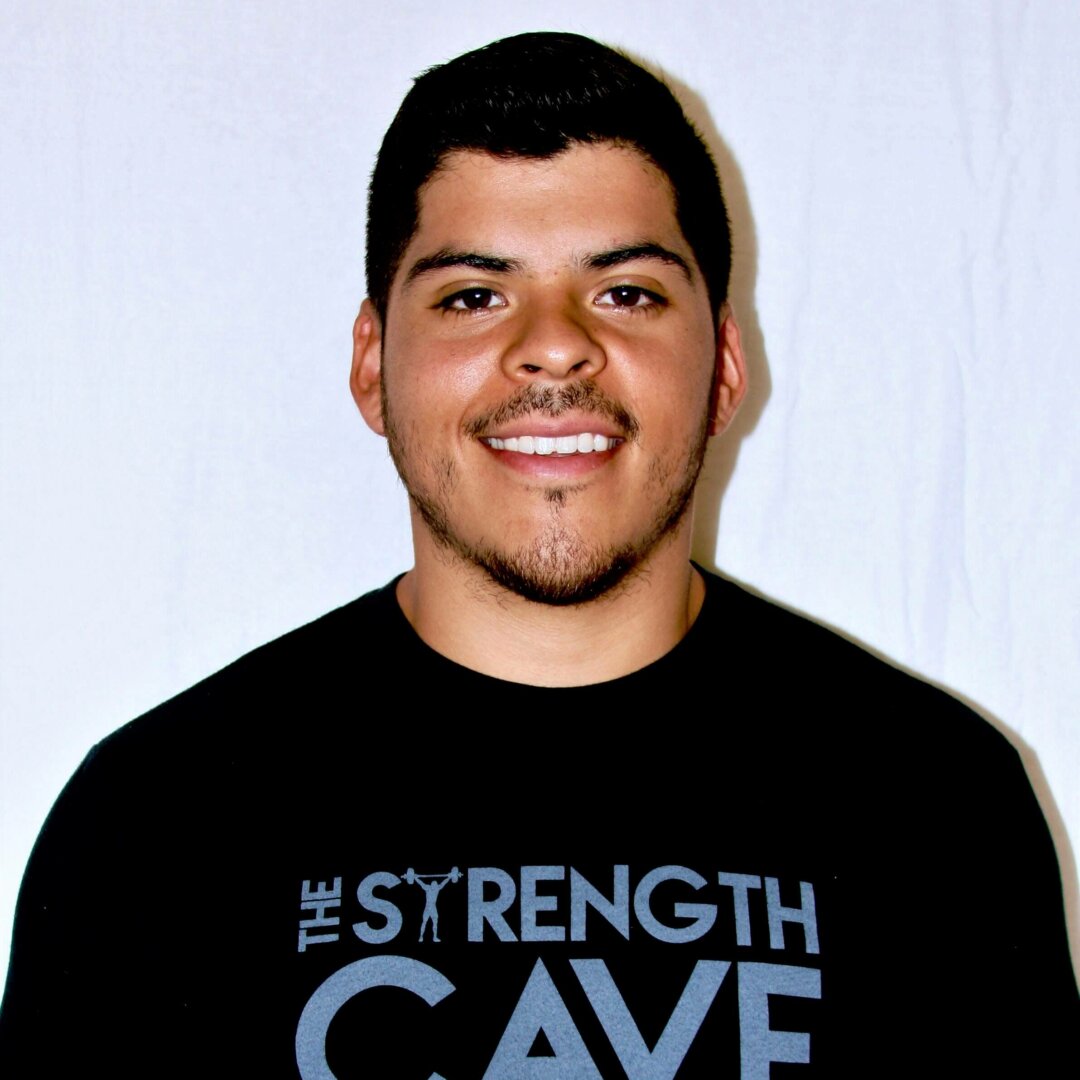When it comes to training, everyone has the best of intentions. We bust our butts in the gym because we are looking to make some changes to our health, physique, or performance. But there is no doubt that people tend to make a few mistakes when it comes to training. Sometimes, this comes from purely naïve thought, and other times from bad advice or application of certain techniques. The wonderful thing about the internet is that we have access to a myriad of information about how to train properly. However, this wonderful gift can also be the source of misinformation that leads to training mistakes. For example, many workout plans you will find on the internet feature extreme tactics that are sure to get you results in the short term, but what happens when you keep using those extreme techniques for months on end? Eventually, progress stalls, injuries occur, and motivation to train disappears. This is why smart training is crucial to long term success. So let’s talk about some of the most common mistakes (in no particular order) that people make in their training and how to remedy those for lasting success.
1. Too Much Volume
While it is true that volume plays a crucial role in strength and muscle adaptations, some people go a bit overboard. Rather than performing say 5-10 sets of bicep work per week, you see a lot of bros smashing them with 20+ sets in a single session. This may work initially as your muscles are bludgeoned with work and are forced to adapt, but this not a sustainable practice as it leaves little room to progress.
Rather than blowing up your training with obscene amounts of volume, start with something conservative and increase as needed to see results. This will allow you to ebb and flow during different phases of your training and continue making progress. Additionally, it will help you avoid the inevitable tendinitis that would occur with the 20 sets of bicep work per session approach.
2. Always Training To Failure
Grabbing a weight and repping it out until you literally can’t lift it any longer seems so badass. Your muscles are pushed to the max and the pump is insane. So naturally, this must be the best way to get big and strong, right? Well, the truth is that always training to failure is actually not a very efficient training strategy. Not only does it often lead to less volume, it is also very taxing on the nervous system.
Think about doing a back squat to failure. Let’s say you hit six extremely hard reps and fail the seventh. How many reps will you get on the next set? Maybe three? What about the third set? You might be lucky to hit a single rep. Overall, you’ve completed 10 reps in three sets. However, if you had stuck with say 3 sets of 4 reps, you will have actually accumulated more volume and done less damage to your nervous system. You would recover better and be able to hit some squats again much sooner had you not taken each set to failure. In the long run, training to failure on every set just doesn’t stack up.
Instead of training to failure on every set, pick your spots and use it judiciously. Hitting a set to failure every once in while will provide a novel stimulus that will help your progress rather than hinder it.
3. Never Changing Up Your Program
Sometimes people get caught up in a certain training plan or format that feels comfortable. It probably led to some awesome gains in the beginning, but over time it doesn’t pack the same punch that it once did. Now of course, the longer you train the slower the progress regardless of what your training plan looks like, but if you aren’t changing up your tactics from time to time, you are really shooting yourself in the foot.
Exploring new training modalities leads to exposure to novel stimuli, which is great for sparking new gains. This isn’t to say you can’t keep some of your staple movements in your program though. Rather, think about periodizing your training volume and intensity while adding some new movements from time to time. Simple swaps such as replacing barbell bench press with dumbbell bench press for a few weeks is enough to stimulate the muscle in a new way.
4. Getting Too Complicated Too Soon
Many beginners and intermediates make the mistake of trying things they are not ready for in their training. Heavy drop sets, cluster sets, and speed squats are better left for later when you’ve developed enough to handle them. It may seem like a good idea to try the fancy stuff early on, but remember that you have to build a solid foundation first.
Surprisingly, even movements like back squats and deadlifts may be too much early on. It is always best to start with the least complicated movements and progress as needed. For example, you could master the goblet Rack Kettlebell Squat before moving on to the back squat. This sets you up for long term growth and less risk for injury.
5. Winging It
As the saying goes, if you fail to plan, you plan to fail. Sometimes it can be nice to go into the gym with no plan and just do what feels good. However, the majority of your training should be well thought out and planned if you want the best results.
Hiring a professional can be a life saver in this area. I know everyone feels that they are experts in the exercise science field nowadays, but it really does pay off to have an objective eye. Even the best coaches in the world hire a coach to help them out. Having a well-structured plan holds you accountable to the work that needs to be done, especially for those movements you don’t like doing so much.
6. Never Deloading
People often overlook the fact that rest and recovery are perhaps even more important than the training itself. “Team no days off” may work for a select few, but for most people, taking a few days or even weeks off is necessary. Even elite athletes struggle with this concept as they dread the idea of sitting around and doing nothing.
Maybe we haven’t proven that overtraining exists just yet, but there definitely is something to be said about overtaxing the body. Time and time again you see people look like garbage after hard weeks of training, only to hit PR’s and feel great after a week or two of rest. So make sure you are giving your body a break on a regular basis in order to keep the gain train rolling.
7. Ignoring Weak Points
This goes hand in hand with point number five. Nobody likes doing things they suck at, but if you want to look and perform your best, you have to revel in training your weaknesses. Not only will they eventually look funny (think of Mr. Upper Body with chicken legs), but weaknesses in even the smallest of muscles cascade into big injuries.
Something as simple as a weak gluteus medius can cause several biomechanical issues which, over-time, can lead to low back pain and wasted strength. So if you are weak at something, good. That just gives you something new to work on. Remember, you’re only as strong as your weakest link.
8. Doing Too Much Cardio
If you’ve read some of the other articles that have been posted, you should know by now that cardio is not the enemy. However, when it comes to maximizing resistance training, you have to be smart about your cardio. Females are often the culprit when it comes to overdoing the cardio, but anyone who is looking to stay trim is prone to putting more effort into the treadmill than he or she does in the weight room.
Just remember the ultimate goal of your training program. If it includes getting as strong and swole as possible, then design your program as such. Well-designed programs can include a bit of cardio in order to enhance resistance training adaptations and recovery. Just don’t go too crazy.
9. Not Getting Enough Sleep
Simply stated, if you are not sleeping enough, your gains are going to suffer. We put a lot of work into breaking down our muscles in the gym, but sleep is actually where the good stuff happens. Growth, recovery, and all those awesome adaptations we look forward to take place in our sleep. So, getting a good night’s rest should be just as important to you as killing it in the gym.
Several articles have been posted about how to maximize and prioritize your sleep. Give those a read and start reaping the benefits going forward.
10. Forgetting to Have Fun
At the end of the day, lifting weights is a hobby and hobbies should be fun. Do you like to lift heavy weights and throw chalk around? Then powerlifting might be a good option. Do you like posing in the mirror and getting a massive pump? Try bodybuilding on for size. Do you like feeling like you are dying as you finish an AMRAP of burpees and pull-ups? Crossfit has you covered.
Too many people force themselves to do something they don’t like just because it is the “best” or “most optimal.” Just remember that fitness is about the long game and not just a means to an end. Pick something you love to do first. Then, as you grow and evolve, try new things that might just catch your fancy.
Conclusion
If you find you are guilty of one or more of the above training mistakes, don’t worry. All of us fall into these mistakes at some point in our journey, sometimes even more than once. The key is to keep yourself in check and recognize when you are falling into these habits. There is no shame in making some mistakes in life, but you have to make sure you learn from them and correct course in order to stay on track. Doing this will ensure you have great success not just in the gym, but in life in general.


